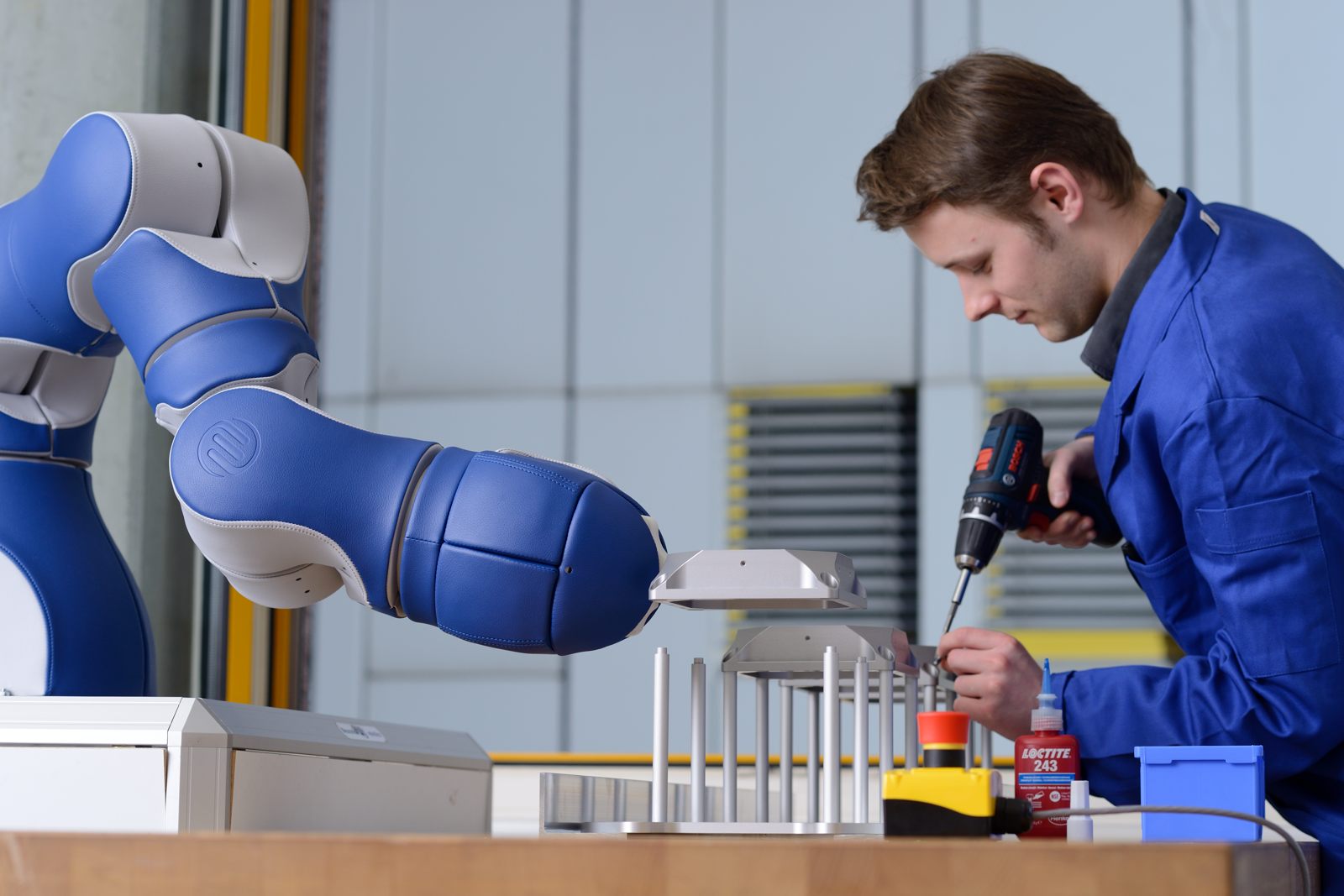Maintenance of manufacturing assets and equipment is crucial for maximizing productivity and minimizing downtime. However, maintaining huge manufacturing facilities with various assets can be a tedious and error-prone task if done manually. That’s where a Computerized Maintenance Management System (CMMS) comes into play. A CMMS automates and streamlines maintenance processes for improved efficiency and cost savings.
What is a CMMS?
A CMMS is a software system used to track and manage assets, their maintenance tasks, and work orders. A CMMS can manage extensive maintenance data including work orders, parts, supplies inventory, purchase requests, budgeting and cost control. Some key features of a CMMS include:
Inventory management
A CMMS stores details of all assets and inventory items. It tracks the location of assets and inventory levels of spare parts. The system can generate alerts when inventory levels go below a predefined threshold. This enables just-in-time procurement to avoid stock-outs.
Work order management
The Computerized Maintenance Management System allows defining maintenance tasks against assets. Work orders are created, assigned, tracked and closed out on the system. Technicians can record work done, time taken, issues faced, spare parts used against each work order on mobile devices.
Schedule management
The CMMS schedules routine maintenance tasks like inspections, services and overhauls based on run-hours, date or other parameters. It ensures assets are maintained as per schedules to avoid unplanned downtime. Technicians get assigned work proactively based on schedules.
Purchase and warranty management
The system maintains records of all purchases including item details, suppliers, costs, warranty periods etc. Expiring warranties are flagged to take action. Purchase requests are created and approved online to automate procurement.
Reporting and analytics
The CMMS generates useful executive level maintenance reports on key metrics like overall equipment effectiveness, mean time between failures etc. Detailed reports track item issues, costs, labor hours and help analyze areas needing improvement.
Benefits of implementing a CMMS
Improved asset uptime
By automating scheduled maintenance tasks and work order management, a CMMS ensures assets receive timely preventive maintenance. This significantly improves asset availability and uptime by avoiding unplanned breakdowns.
Cost savings
Regular maintenance as per schedules extends the life of assets and prevents costly unexpected repairs. The CMMS provides procurement and inventory control to avoid stock-outs. It saves labor costs by automating routine tasks. Overall, implementing a CMMS results in 20-25% reduction in maintenance costs.
Productivity improvement
With assets facing less downtime, overall manufacturing output increases. Technicians spend less time searching for paperwork or chasing parts as a CMMS streamlines their work. This translates to 15-20% gain in overall productivity.
Enhanced record keeping
A CMMS digitizes all maintenance records, work history, repairs done, spare parts used etc. against each asset. This eliminates paper-based manual record keeping that is error-prone. Comprehensive and accurate digital records facilitate effective decision making, audits and compliances.
Safety assurance
Keeping equipment properly maintained as per schedules goes a long way in ensuring workplace safety. Issues can be identified and addressed before becoming hazardous. The CMMS compliance reports aid safety audits.
Key factors in CMMS selection and implementation
While a CMMS clearly provides process optimization and cost benefits, selecting and implementing the right system requires careful planning. Some important factors to consider are:
Assess requirements
Map out current maintenance processes and challenges. Define must-have features based on industry, assets, processes, future roadmap etc. This will make selection criteria objective.
Evaluate options
Research CMMS available from different vendors in terms of functionality, platform, implementation services, training and support provided, mobility features etc. Shortlist 2-3 options based on requirements.
piloting and POC
Conduct proof-of-concept implementations with the shortlisted vendors to test key use cases before final selection. This mitigates risks of change management issues post Go-Live.
Change management planning
Address migration of legacy data, process re-engineering needs, training requirements, people resistance issues etc. well in advance to ensure seamless adoption.
Integration with other systems
Check if the CMMS can integrate with ERP, production data histroy, IoT sensors for predictive maintenance etc. Out of the box or custom integrations may be required.
Deployment approach
Decide whether to deploy on-premise or cloud-based model basis organization’s IT policies and processes. Factor in software licensing, hosting and support costs accordingly.
Budget appropriately
A CMMS implementation requires capital investment as well as operational expenditure for licenses, customizations, training and support over the long run. Budget diligently based on requirements.
With thorough planning and change management, implementing a CMMS can profoundly transform asset maintenance operations to attain significant benefits in uptime, costs, productivity and decision making. A well-selected CMMS lays the foundation for nextgen maintenance techniques like predictive maintenance using IoT and analytics.
*Note:
1. Source: Coherent Market Insights, Public sources, Desk research
2. We have leveraged AI tools to mine information and compile it



